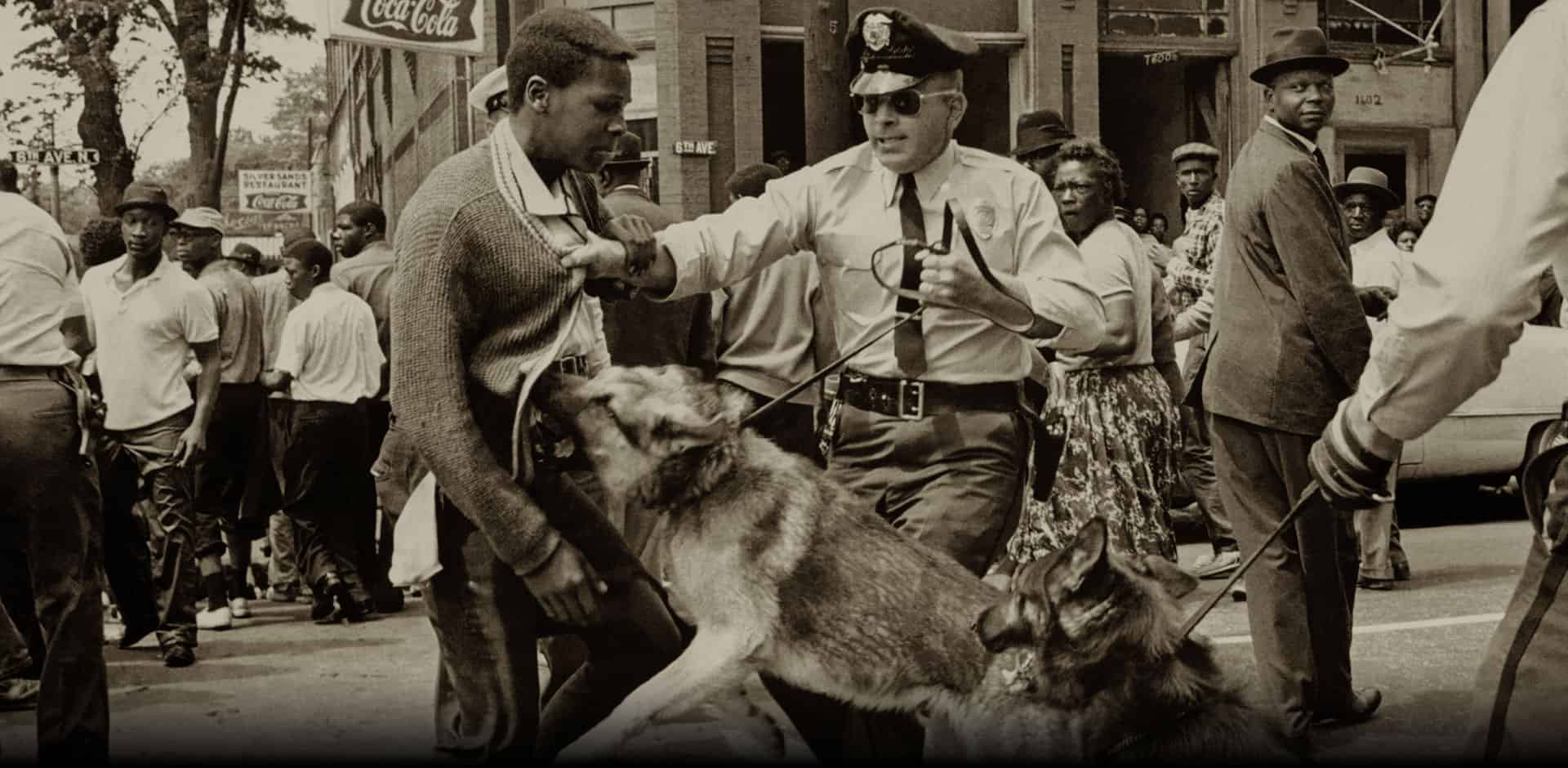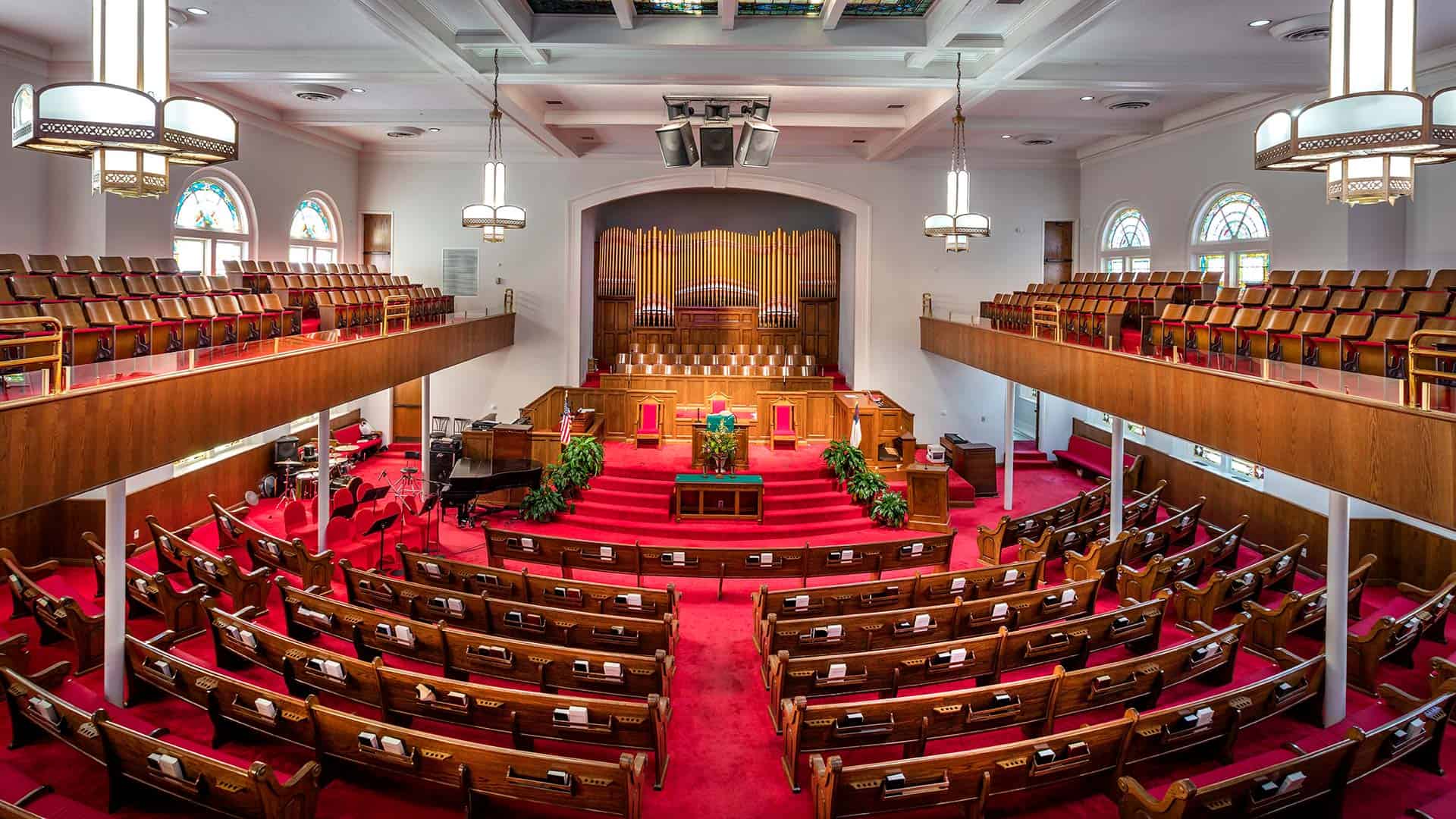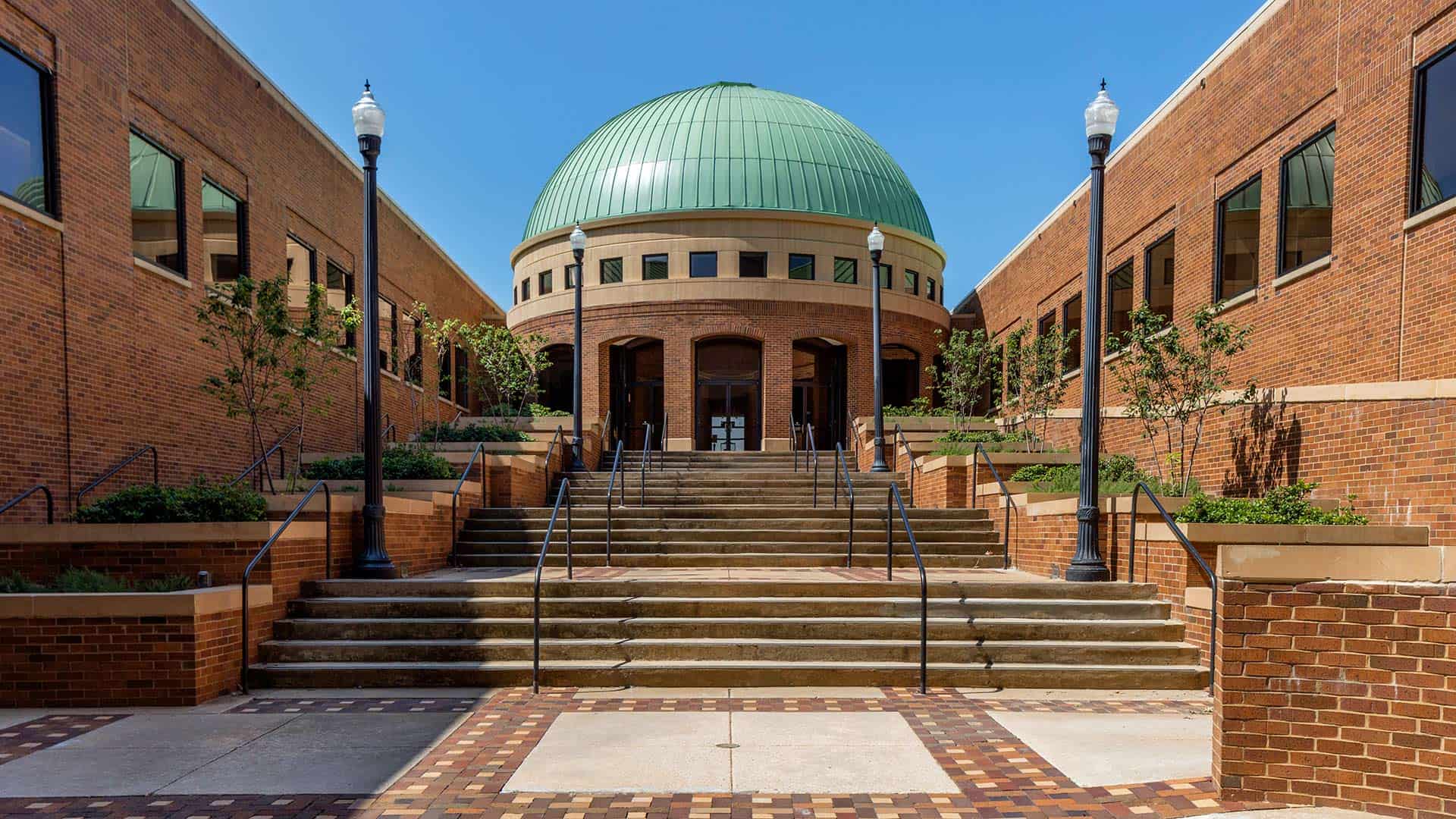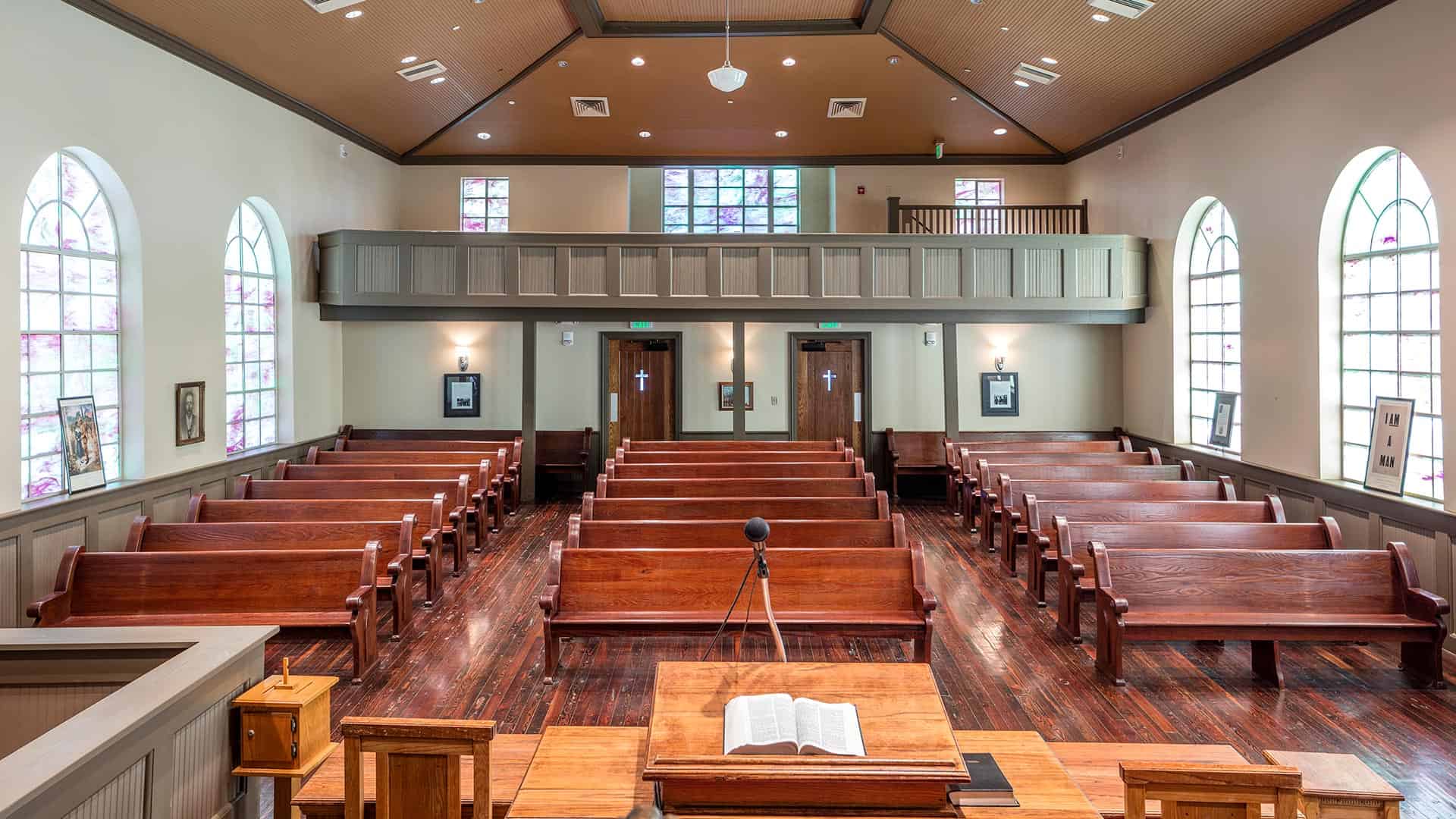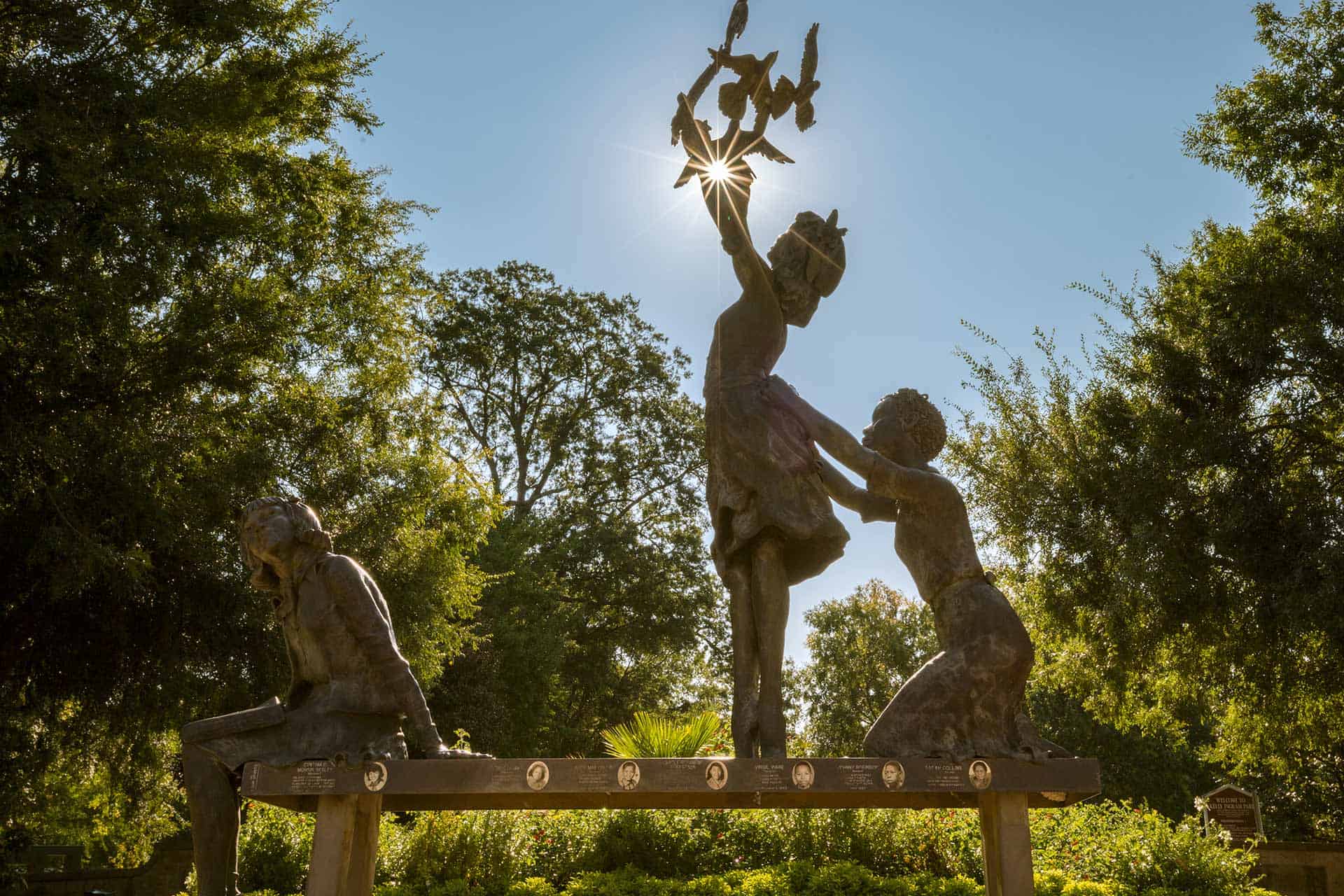Bethel Baptist Church
Bethel Baptist Church served as headquarters for the Alabama Christian Movement for Human Rights and rose to prominence under the leadership of the Rev. Fred Shuttlesworth during the Civil Rights Movement.
Because of the church’s visibility in the fight for integration, segregationists targeted the church on three separate occasions. On Christmas Day 1956, a bomb destroyed the parsonage. Shuttlesworth was in the building but remarkably was unharmed.
On June 29, 1958, civil rights guards removed a bomb from the church before it exploded, saving the church from certain damage. On December 14, 1962, a third bomb inflicted minor damage to the church.
A new sanctuary was opened in 1995, and the original church building was preserved as a monument to the Civil Rights Movement. In 2005, the parsonage – built in 1926 and rebuilt in 1957 – and the James Revis house across the street were granted National Historic Landmark status. Revis was a deacon in the church during the Shuttlesworth pastorate.
16th Street Baptist Church
Originally established as the First Colored Baptist Church of Birmingham in 1873, the 16th Street Baptist Church remained a mainstay in the Black community, hosting prominent Black visitors such as W.E.B. Du Bois and Mary McLeod Bethune during the Civil Rights Movement.
The church was a meeting place for Black activists and citizens during the movement, acting as a sort of headquarters for activism planning. Shuttlesworth and Dr. King were frequent speakers at the church.
On September 15, 1963, two Ku Klux Klan members planted 19 sticks of dynamite outside the church’s basement. The explosion killed four young Black girls – Addie Mae Collins, Carole Robertson, Cynthia Wesley and Denise McNair – and injured 22 other people.
Donations allowed the church to repair the damage and reopen on June 7, 1964. Today, the church is on the Alabama Register of Landmarks and Heritage and is a designated National Historic Landmark. The church still operates today and receives more than 200,000 visitors each year.




